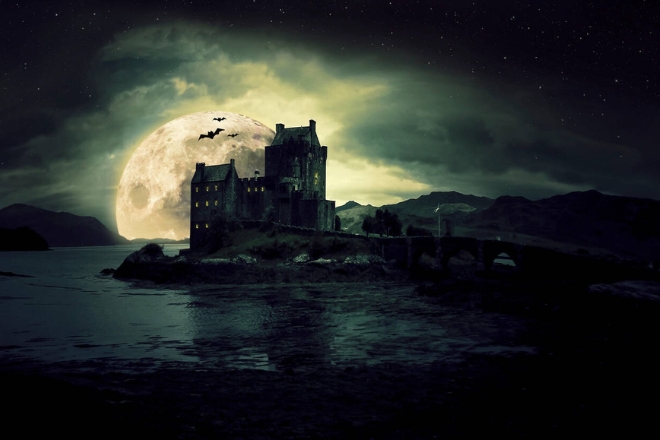
Halloween, also known as Hallowe’en, is halloween a celtic holiday in Scottish culture. Rooted in ancient Celtic traditions, Scottish and irish Halloween traditions have evolved over centuries, blending pagan practices with Christian customs. From bonfires and guising to the festival of Samhain, Scotland has its own unique way of celebrating this spooky holiday. As the leaves turn golden and the air becomes crisp, the enchanting celebration of Scottish highland halloween, known as Samhain, comes to life. In this article, we will explore the fascinating history, unique traditions, and captivating myths surrounding Scottish Halloween.
Samhain, pronounced “sow-in,” is a Gaelic festival that marks the end of the harvest season and the beginning of the darker half of the year. It is believed to have originated in Ireland and Scotland over 2,000 years ago. Samhain is celebrated on the night of October 31st and is a significant event in the Celtic calendar.
The story of Halloween in Scotland begins over 2000 years ago with the Celtic pagans and their celebration of Samhain (also spelled Samhuinn). Samhain Gaelic festival that marked the transition from summer to winter and was traditionally held on the 31st of October, the last day of the harvest. The celtic halloween pagans believed that on this day, the boundary between the living and the dead was blurred, allowing spirits (known as Aos Sí) to cross into our world.
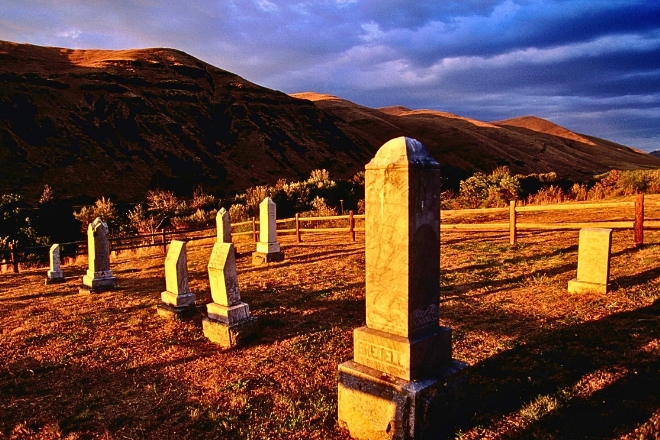
During Samhain, bonfires were lit in every town as they were believed to be cleansing and capable of warding off evil spirits. People would leave out food and drink as offerings to the spirits, in the belief that doing so would ensure the well-being of their people and livestock throughout the winter. This tradition of offering food and drink to the spirits is the origin of guiding, where children dress up in costumes and go door-to-door, receiving treats in exchange for songs, jokes or Samhain trick or treat.
Samhain was not only a time to honor the dead but also a celebration of the changing seasons. The Celtic people saw it as a turning point, when the days grew shorter and the darkness of winter approached. They would gather together, feasting on the bounty of the harvest and offering thanks to the gods for their blessings. It was a time of community, storytelling & divination.
With the spread of Christianity, the ancient Celtic traditions of Samhain began to merge with Christian beliefs. In the 8th century, Pope Gregory III designated November 1st as All Saints’ Day, a day to honor saints and martyrs. This coincided with the Celtic festival of Samhain and eventually led to the celebration we now know as traditional Halloween and Samhain.
One of the intriguing aspects of Samhain is the halloween lore surrounding supernatural creatures. The Celts believed that during this time, various creatures roamed the land, including the Puca, a shapeshifting spirit, and the Banshee, a female spirit who foretold death. These mythical beings or Scottish Monsters as we refer them as adds an air of mystery and excitement to the Samhain celebrations.
In exploring the myths surrounding Scottish Halloween traditions, it becomes evident that certain misconceptions have arisen due to a blend of historical influences and contemporary interpretations. It is imperative to shed light on these myths and provide accurate insights into the rich tapestry of Scottish Halloween practices. Firstly, it is crucial to dispel the notion that Samhain, the ancient Gaelic festival marking the end of the harvest season, is an exclusive creation of Scottish origins. While indeed a significant facet of Celtic heritage, Samhain was celebrated throughout various Celtic regions, including Ireland, Wales & parts of Brittany. Moreover, it is erroneous to regard Halloween as a recent import to Scotland. Its roots delve deep into the annals of history, originating from the Celtic Samhain festival.
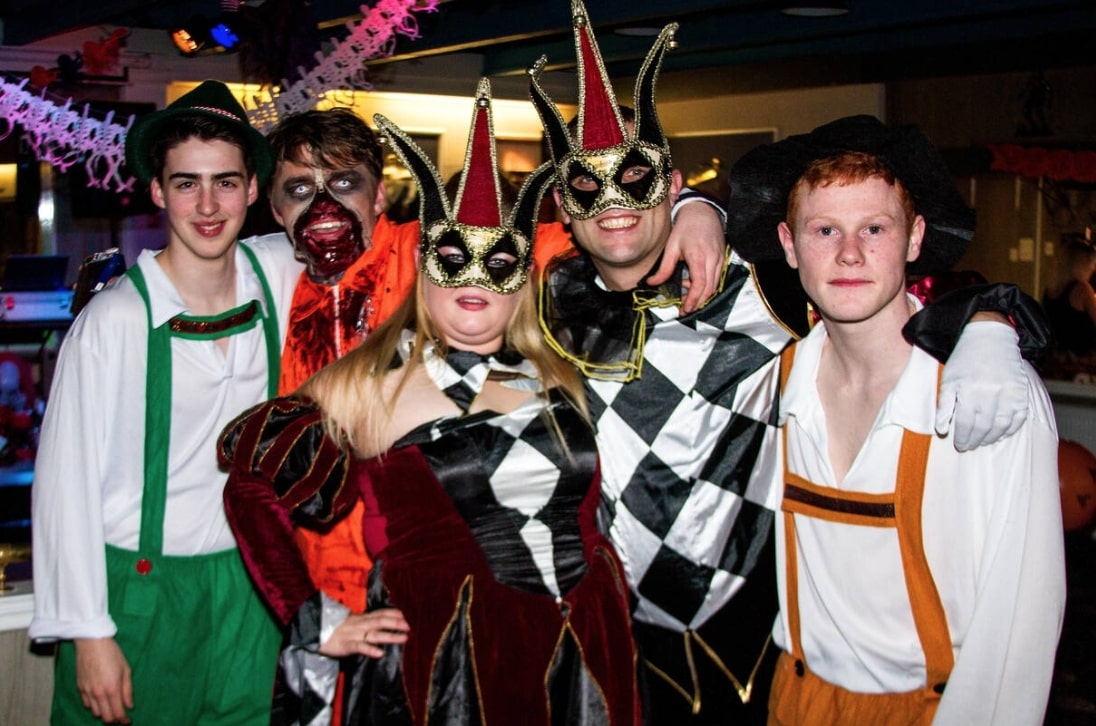
However, the modern incarnation of Halloween in Scotland amalgamates traditional halloween observances with contemporary influences, resulting in a distinctive cultural expression. It is vital to correct the misapprehension that the history of witch trials in Scotland is intrinsically linked to modern Halloween celebrations. Though these trials transpired during the 16th and 17th centuries, they are not directly associated with contemporary Halloween observances. It is imperative to recognize the regional diversity within Scotland’s Halloween celebrations. While some customs, such as guising, hold sway across regions, localized variations may manifest, thereby underscoring the unique cultural fabric that defines Scottish Halloween observances.
Within the realm of Gaelic and Irish mythology, the festival of Halloween assumed a profound significance as a juncture wherein the demarcations separating the mortal domain from the enigmatic Otherworld grew indistinct. This temporal phase was characterized by the prevailing belief that the ethereal denizens—fairies and spirits—of the Otherworld traversed effortlessly amidst the realm of the living. Central to this belief system was the custom of leaving offerings, comprising sustenance and libations, on the thresholds of dwellings. This ritualistic practice aimed to placate and pacify the ephemeral entities that meandered amidst the tangible and the intangible.
The rationale underlying this custom rested upon the premise of establishing a harmonious equilibrium, precluding untoward encounters and disruptions that might arise from the coexistence of disparate dimensions. The celebration of Halloween thus encapsulated an intricate interplay of cultural beliefs and practices, encapsulating a nuanced understanding of the interstice between corporeal and ethereal planes. Ascribed with a sense of reverence, this tradition underscored the reverence accorded to the mystical forces that transcended the tangible realities of existence.
Scotland’s Halloween features distinctive traditions like the lively Samhain Ceilidh, combining dance, song, and storytelling. It blends Samhain history and mystery, showcasing captivating customs that define its uniqueness.
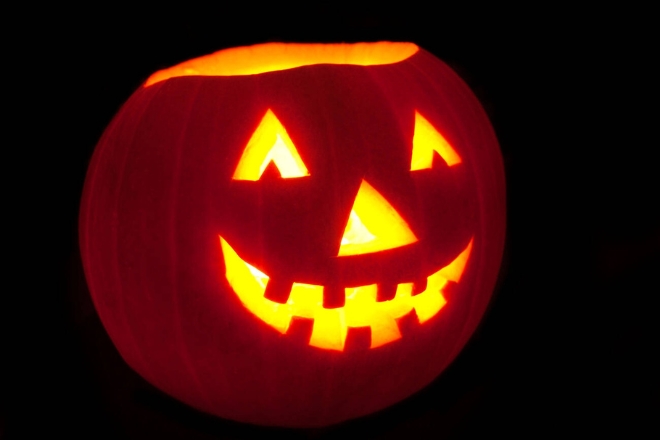
Interestingly, many people from Ireland and Scotland who were Celts had a special tradition called the Silent Supper. This was their way of showing respect to those who had passed away. On the night before Samhain, they would have a quiet dinner. They set a place at the table just for their ancestors. They put out food and drinks without looking directly at them, thinking this would keep bad luck away. Afterward, they left the untouched plate and cup in the forest as a gift to the mysterious pookas.
Alternatively, some used the night to warmly remember the departed and raise a glass in their honor. On Samhain Eve, it felt like the living and the dead were closer. During this time, they took special care of animals and the food they had. In the Scottish Highlands, Samhain was when they moved the cattle from summer to winter fields. They prayed for divine protection for these animals during the cold months. They also had a supply of harvested food ready for winter.
Samhain is also recognized as the significant evening of the Grand Gathering for witches (known as Ban-Druidh in Scots Gaelic). During Hallowmas, all the witches in Scotland come together for festivities, foreseeing events and working their magic. According to custom, on this night, they are believed to soar through the sky on broomsticks and eggshells, or ride astride black cats, ravens, or horses during their spirited Hallowmas Journey.
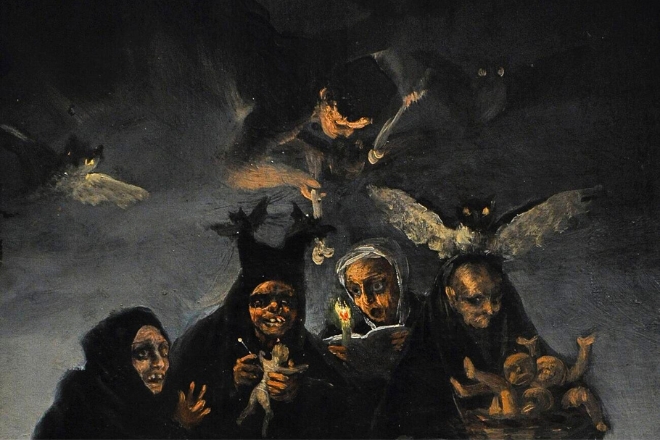
The rural inhabitants hesitated to venture outdoors due to the apprehension that gripped this night. Some tales designate the Irish Morrigan (also named Morgan le Fay) as the Queen of Witches. In alternate beliefs, the Blue Faced Hag of Winter – the Calleach – holds dominion over this occasion.
You’ve likely carved Jack-O’-Lanterns for Halloween, a widespread tradition in Halloween roots in Irish myth. It originates from the tale of Jack, a cunning man. The Devil, intrigued by Jack’s reputation, encountered him. Jack tricked the Devil into a coin using a crucifix, bargaining for freedom without going to hell. Jack later died but wasn’t allowed into Heaven or Hell. The Devil gave him a lit ember in a Halloween turnip to roam between realms – the first Jack-O’-Lantern’s origin story.
During Halloween, people believed that ghosts wandered the streets. To protect themselves, children disguised themselves as evil spirits, blackening their faces and wearing old clothes—an ancient practice from bonfires on halloween’s ritual. Originally, ash-blackened faces offered protection and luck. Eventually, masks and costumes replaced this tradition. Guisers, dressed up, earned treats by joking, reciting, or singing, rather than simply saying “Trick-or-treat.” Typically, guisers received apples or nuts.
Samhain’s old traditions faded over time, but a group in Edinburgh rejuvenated it in 1995, making it modern. They started the Samhuinn Fire Festival, which happens every year in different spots in Edinburgh. This time, it’s on Calton Hill. The festival uses dance and music to show how things change from summer to winter and in different parts of life.
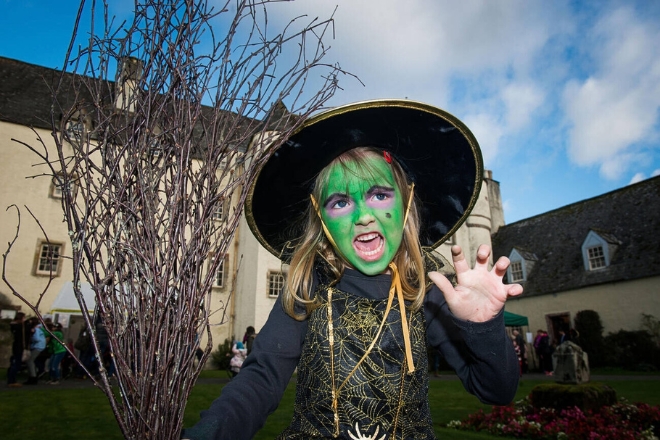
A traditional Celtic game that has stood the test of time, it’s still a hit at Halloween parties. Imagine trying to grab an apple floating in a bowl of water, but with a twist – you can’t use your hands! People get creative by using a fork held between their teeth or simply taking a big bite if they’ve got strong teeth.
Wondering if you and your special someone will be happy forever? Back in the day, during Halloween, couples who just got engaged did something interesting. They each put a nut in a fire. If the nuts burned quietly, it meant they would have a happy life together. But if the nuts made hissing and crackling sounds, it meant things might be tough in the future.
On Samhain night with my Scottish regiment, the thin barrier between our world and the spirit realm sparked excitement. We tried classic practices: apples bobbing in water for future luck, mirror gazing for glimpses of destiny, and cracking halloween nuta in the fire for clues about the year ahead. Dreams held power, shared with seers for insights. Tarot cards hinted at mysteries, while scrying in water and crystals sought the unseen. Amid comrades and ancient rituals, past and future united.
In this delightful mayhem, the objective is to savor a nibble from scones coated in treacle (molasses), suspended by strings as your hands playfully remain restrained. As fate would have it, your countenance inevitably finds itself adorned with a splendidly sticky concoction.
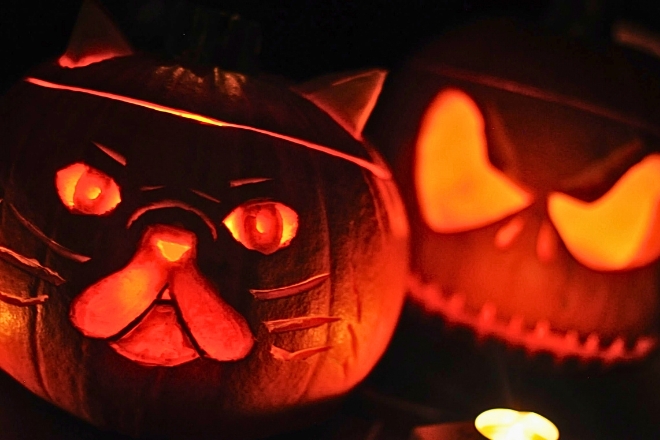
While Scottish Halloween is often associated with spooky tales and eerie decorations, it is also a time for fun and merriment. Many families gather to play games, carve pumpkins, and enjoy traditional Scottish treats like Samhain cookies. It is a time for laughter, creativity, and bonding with loved ones.
Scottish Halloween has influenced Halloween celebrations around the world. The tradition of dressing up in costumes and going door-to-door for treats, known as “trick or treating,” can be traced back to the ancient Celtic practice of wearing costumes to ward off malevolent spirits. Today, Halloween is celebrated in various countries, each with its own unique customs and traditions.

LET'S CONNECT!
The Scottish Halloween is known as “Hop-tu-Naa” in some regions, particularly on the Isle of Man.
Scots celebrate Halloween with traditions like guising (costume-wearing), lighting lanterns, and participating in spooky events.
The Celtic version of Halloween is called “Samhain,” a festival marking the end of the harvest season and the beginning of winter.
In Gaelic, “Samhain” is pronounced as “sow-in.”
Halloween has both Celtic and Catholic influences, as it emerged from the ancient Celtic festival of Samhain and later incorporated elements from the Catholic All Saints’ Day (All Hallows’ Eve).
Samhain is a pagan festival rooted in Celtic traditions, celebrated to honor the end of the harvest and the boundary between the physical and spiritual worlds.
Input your search keywords and press Enter.
